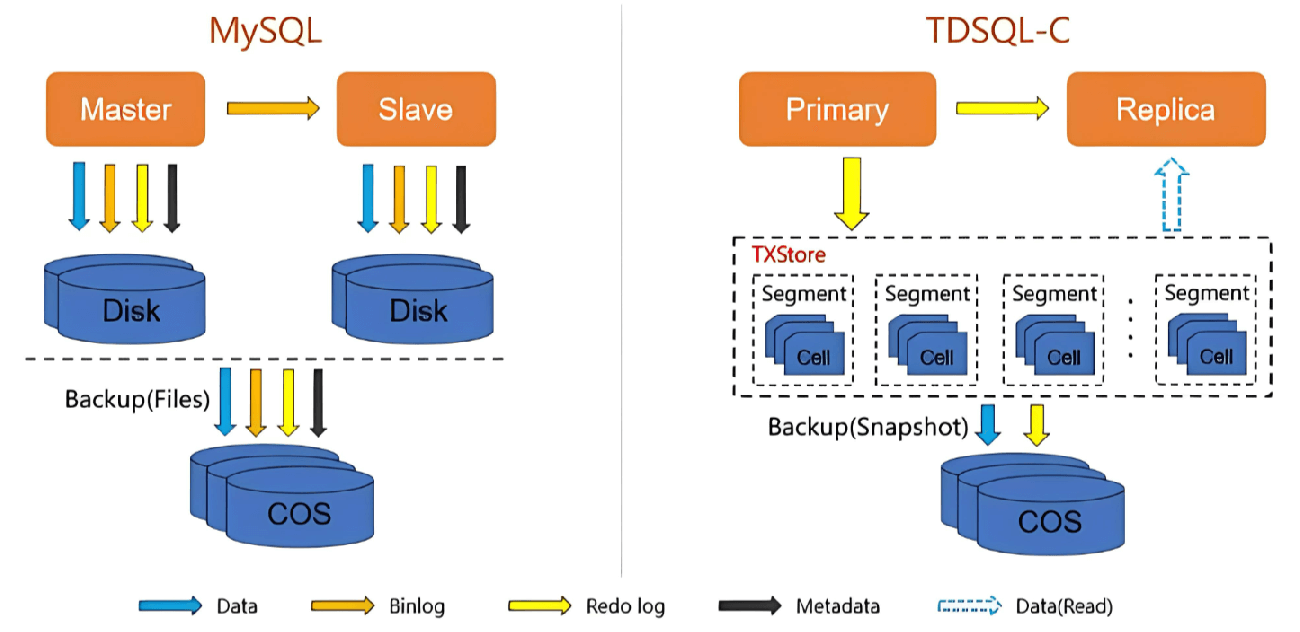When inserting large amounts of data into a MySQL database, executing individual insert statements can be inefficient due to overheads such as network latency, transaction processing, and logging. Bulk insertion allows multiple insert statements to be combined into a single operation, reducing network round trips and transaction overhead, thus improving the overall data insertion efficiency.
Understanding Bulk Insert
Reducing Network Round Trips
Every time an SQL statement is executed, a network communication occurs between the client and the database server. If an individual insert statement is used for each record, when inserting large amounts of data, the number of network communications can become very high, resulting in significant time spent on these round trips. Bulk insertion, on the other hand, sends multiple records in a single network request, significantly reducing the number of network requests.Reducing Transaction Overhead
In the InnoDB storage engine, each insert statement is by default treated as a separate transaction. Transaction processing involves logging and committing, all of which require time. With bulk inserts, multiple records can be inserted within a single transaction, reducing the number of transactions and the associated overhead.
Specific Scenario and Data Example
Let’s assume we have an e-commerce platform. After a major promotional event like "Double 11", we need to insert millions of order records into the orders table. The table structure might look like this:
CREATE TABLE orders ( order_id INT PRIMARY KEY AUTO_INCREMENT, customer_id INT, order_date DATETIME, total_amount DECIMAL(10, 2), status VARCHAR(15) );
Single Insert
If we use individual inserts, for each order, we need to execute an insert statement like this:
INSERT INTO orders (customer_id, order_date, total_amount, status) VALUES (1234, '2023-04-01 10:00:00', 299.99, 'completed');
Executing this operation millions of times would be very slow because each insertion involves network communication and transaction processing.
Bulk Insert
In contrast, using bulk inserts, we can combine data for multiple orders into a single insert statement:
INSERT INTO orders (customer_id, order_date, total_amount, status) VALUES (1234, '2023-04-01 10:00:00', 299.99, 'completed'), (5678, '2023-04-01 10:05:00', 159.99, 'completed'), (9101, '2023-04-01 10:10:00', 499.99, 'completed'), ...; // More records
This way, we can insert hundreds or even thousands of records in one go, instead of inserting one at a time. Bulk inserts significantly reduce network round trips and the transaction overhead of each individual insert.
Performance Optimization Tips
Batch Size Optimization:
The size of the data being bulk-inserted should not be too large, as it could result in excessive server resource consumption or exceed the maximum allowed packet size. Developers should adjust the batch size based on the actual scenario.Disable Auto-Commit:
Before starting the bulk insert, you can disable auto-commit and manually commit the transaction after all the data has been inserted. This helps to reduce the overhead of committing each individual transaction.Adjust Index Strategy:
Before performing a bulk insert, consider temporarily removing unnecessary indexes. After the data is inserted, the indexes can be rebuilt. This can further improve insertion efficiency.
By following these methods, bulk inserts can significantly improve the performance of inserting large volumes of data into MySQL.






